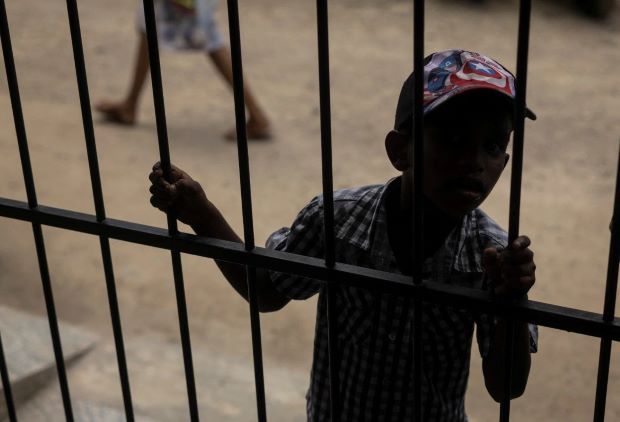The hidden costs of Sri Lanka’s economic crisis
By Paramie Jayakody
Suffering through its worst economic crisis since independence, Sri Lanka’s population has been facing hyperinflation for months, forcing many families to reduce their food and nutrition intake in order to cope. Many of the school nutrition programs have also suffered.
Lady Ridgeway Hospital Medical Officer and Government Medical Officers’ Association (GMOA) spokesman, Dr Vasan Ratnasingam, noted that because food items have gone up by nearly 70%, in order to meet their food requirement, people turn to one of two options: either they reduce the food quantity (reducing the number of meals from three meals to two or one) or reduce quality (opting out of meat options and imported items).
“With that, there is a high possibility that the malnutrition percentage will be high in the near future,” Dr Ratnasingam said. “It has been accepted that there has been an increase in the malnutrition percentage among children.”
A comprehensive report by the Family Health Bureau of the Ministry of Health (MOH) showed alarming levels of malnutrition among children under five years nationwide in October 2022. Following the assessment, it was reported that 42.9% of children under five years old face some form of malnutrition problem, which includes growth faltering, underweight, wasting and stunting.
This trend was seen in all age categories and in the urban, rural and estates sectors.
While UNICEF reported earlier this year that 1.7 million children were malnourished, Dr Ratnasingam noted the UNICEF numbers were based on old data that was collected in 2015.
“After that there was no valid data available to give comments or opinions on. However, public health midwives maintain certain records. In accordance with their reports, there has been an improvement considering the 2016-2020 period,” he explained.
However, he said that they need fresh data to predict the exact situation at present due to factors such as the COVID-19 pandemic and the economic crisis having unpredictable effects on the statistics. “There’s a high possibility of increasing percentages of malnutrition due to inflation of food items,” he pointed out.
Dr Ratnasingam stated that the GMOA had proposed certain measures to the authorities on how malnutrition should be tackled.
The proposal consisted of five key points:
- A need for the MOH to collect data in a precise and valid method – any nutrition-based programs should be targeted.
- A need for education on the nutritious components and the value of nationally-produced food items such as jakfruit, murunga and local greens, which usually cost less and are packed with nutrients.
- Establishment a malnutrition task force or committee to tackle this issue comprising all stakeholders under the supervision of the president.
- Nutrition statuses of special categories (children, pregnant mothers) to be handled separately.
- Any programs to be national level projects.
Dr. Ratnasingam emphasized on the fact that data collection was crucial as the first step: “That is the prime task. You need the exact data to propose the correct plans.” He stressed the necessity for these measures to be implemented immediately; however, they were waiting for a response from the government.
Although documented data at a national level is hard to find, Child Action Lanka (CAL) records their own statistics. By October 2022, the percentage of children with low BMI across different cities was as follows: Kilinochchi 21%, Galle 62.5%, Batticaloa 34%, Nuwara Eliya 68.5% and Kandy 22.3%.
CAL is an NGO that aims to protect disadvantaged children and provide education, health and nutrition to enable them, their families and communities to be individuals who bring positive change.
“We provide children at our centres with lunch. But instead of giving two curries and greens with their rice, now we’re only able to give one curry,” said Director of CAL, Debbie Edirisinghe. “Prices have risen so much that we had to stop giving them their evening snack in order to maintain at least this quality for lunch.”
“We used to spend Rs 75 for one child’s lunch daily. Now it has gone up to Rs 156 despite us reducing one vegetable. This reduction happened in June and the kids do notice,” she said. “However, at the end of the day, they’re still grateful to be fed at all. It’s a beggars can’t be choosers scenario now.”
CAL’s started a cup of milk project because one mother said she couldn’t remember a time when she had had a cup of milk tea. “That is when we realized that milk has become a luxury for people,” Edirisinghe said. “They’re unable to even drink a cup of milk in the morning and have gone on to surviving on one meal a day. Most of the children are now dependent on that one meal they get from the centre.”
“We try to give an extra egg or give some extra milk to children who are struggling with malnutrition,” Edirisinghe said. “We cannot afford much else.”
-This article was originally featured on groundviews.org



Comments are closed, but trackbacks and pingbacks are open.